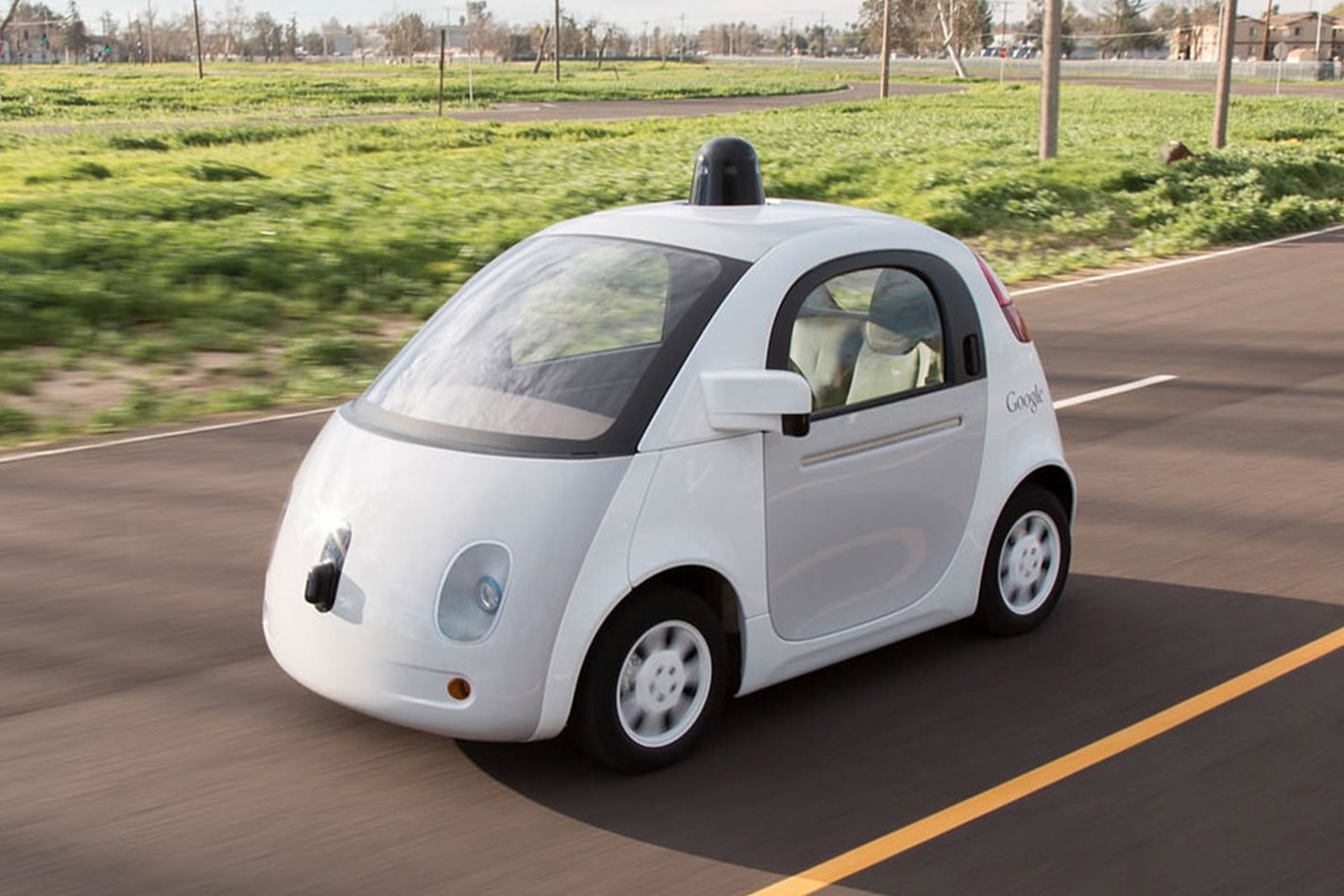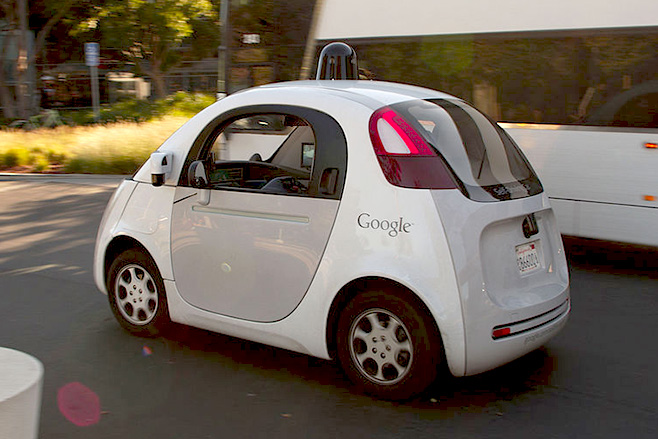
Driverless cars have already started to hit our roads as drivers opt to give up control to a vehicle’s computer system. But with the technology in its infancy, there are still plenty of questions about whether the cars are capable to replace human judgement. Like, who’s going to honk the horn?
Well according to Google’s monthly report for May, it’s created software that allows the techno-giant to train its driverless vehicles to use the horn. But unlike motorists who have grown accustom to using the horn in an aggressive manner (like, say, when you take more than two seconds to go once a traffic light turns green), Google said the car will “be polite, considerate and only honk when it makes driving safer for everyone.”
The car’s robotics have also been trained to distinguish between different levels of threat such as a vehicle driving on the wrong side of the road, or one doing a three-point turn.
Originally limiting the sound to inside the car to avoid hazardous situations with other motorists, the Google car can now blast its horn when faced with a risk.

Using two different sounds, the car will offer two polite beep beeps as a “friendly heads up”, while a more aggressive honk sounds during urgent situations.
“Our goal is to teach our cars to honk like a patient, seasoned driver,” Google said.
“As we become more experienced honkers, we hope our cars will also be able to predict how other drivers respond to a beep in different situations.”
But honking isn’t the car’s only new trick. Google also reported it has included a small synthesised hum to the vehicle’s otherwise soundless electronic engine to ensure pedestrians, cyclists and the visually impaired can hear it coming.
“We’ve designed the hum of our vehicle to be familiar so that pedestrians and cyclists around know what to expect. Our prototype mimics the sound of characteristics of traditional cars, such as increasing the pitch when it accelerates, and decreasing the pitch when it decelerates,” the report said.



